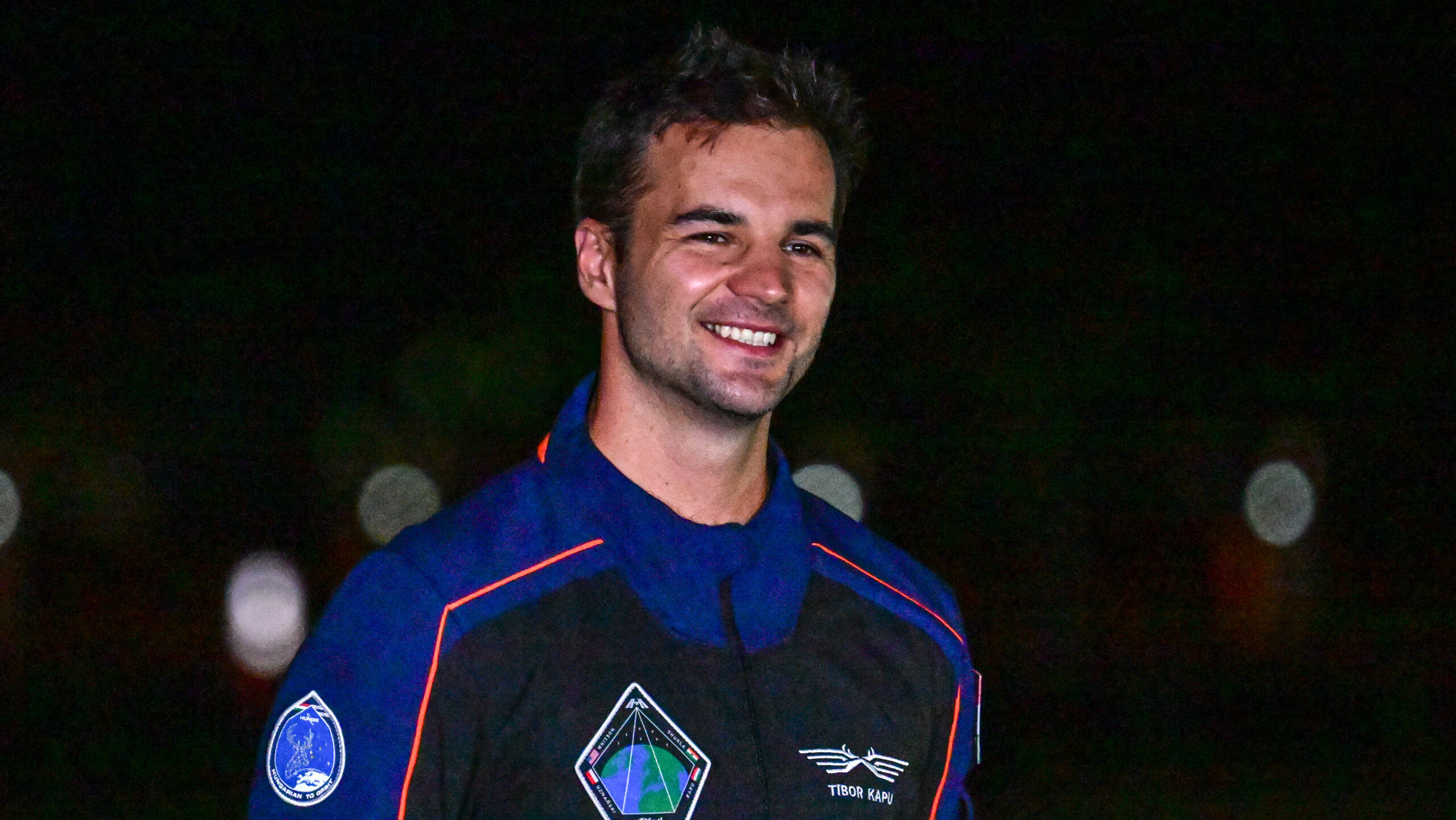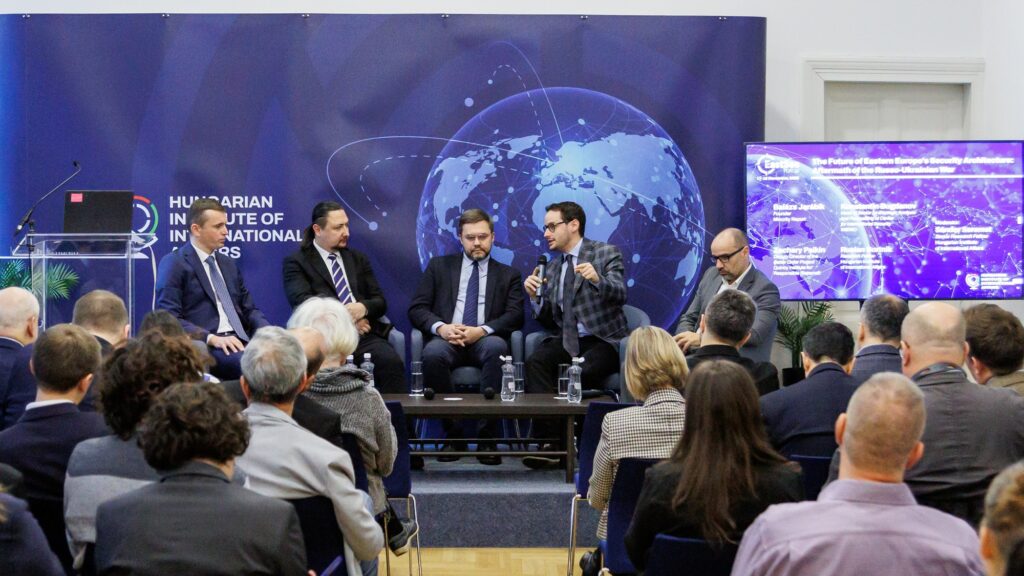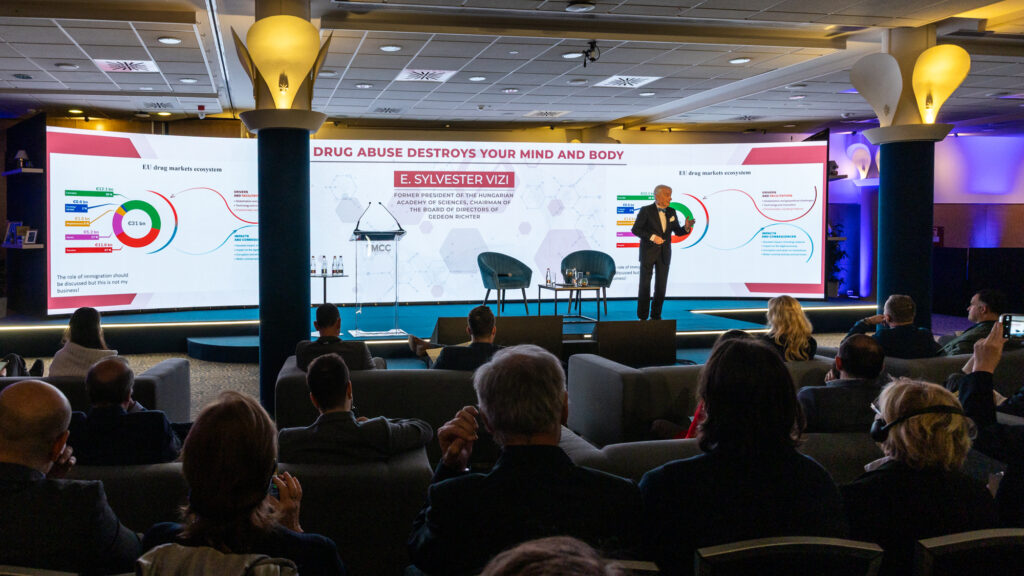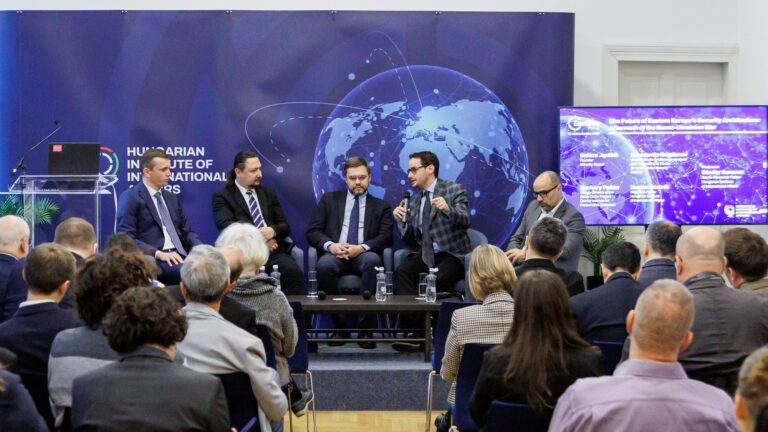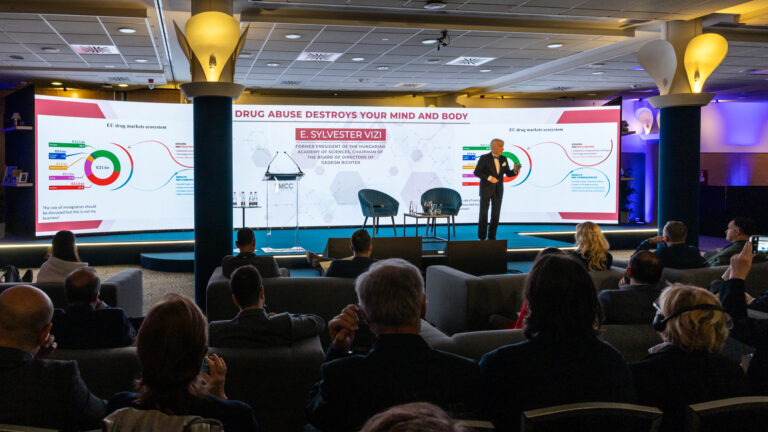The Axiom Space Ax-4 mission successfully docked with the International Space Station (ISS) on Thursday, with the four crew members joining the existing ISS team. Among them is Tibor Kapu, who has become the second Hungarian astronaut to travel to space, and the first in 45 years.
Over the next 14 days, the Ax-4 mission will conduct 60 scientific experiments and research projects. Kapu is personally responsible for 24 of these experiments and will also participate in an additional seven. According to Béla Merkely, Dean of Semmelweis University—one of several Hungarian higher education institutions participating in the HUNOR (Hungarian to Orbit) national space and research programme—Kapu will also carry out research linked to the university.
‘From the outset, our research has focused on what happens in microgravity, that is, in a state of weightlessness. The human body, heart, and circulatory system are designed for Earth, but everything changes in space, resulting in temporary adaptive changes that are important to monitor and crucial for understanding exactly what we are dealing with,’ Merkely explained on Hungarian public television channel M1.
Kapu is wearing a special smart shirt that continuously records electrocardiogram (ECG) readings, breathing, body temperature, movement, and heart rate variability, in addition to 24-hour blood pressure monitoring and ultrasound tracking of blood flow in the veins and heart.
The Hungarian astronaut is also testing a nanofibre-based ophthalmic drug formulation in weightlessness. In this context, Béla Merkely explained that using eye drops in space is very challenging, as special carrier molecules are needed to deliver the drug. These carriers can be placed under the eyelid, allowing safe and effective administration into the eye.
A New Tracking Method
But that is not all. According to the Hungarian Research Network (HUN-REN), Kapu will also study a new tracking method that could have applications in medicine, robotics, and video gaming. The HUNOR IMU-DRS (IMU – Dead Reckoning in Space) experiment investigates navigation in weightlessness using only data from accelerometers and gyroscope sensors.
Because measuring instruments are typically manufactured and tested under terrestrial gravitational conditions, it is crucial to characterize the behaviour of these sensors in weightlessness. A key advantage of operating in microgravity is that the latent acceleration due to Earth’s gravity does not need to be filtered out of the measurements. Instead, the instruments reflect true acceleration, significantly improving navigation accuracy.
The technical foundation for the experiment involves a mobile device and an application developed specifically for this purpose. In the first phase of the experiment, the astronaut performs various movements while holding the mobile device, and the application records the data generated during these movements.
‘IMU sensors have a wide range of applications, proving useful in medicine, robotics, video games, flight simulators, and various fitness devices’
‘The data is then transmitted to Earth for evaluation and analysis. In the second phase, we will attempt to reconstruct the trajectories traced by the mobile device,’ said Miklós Kornyik, project leader and researcher at the HUN-REN Alfréd Rényi Institute of Mathematics, as quoted in a press release.
This research could assist short- and medium-range navigation for spacecraft and may also prove valuable for operations aboard the ISS. ‘Beyond applications in Earth’s orbit, the algorithm and its supported navigation could also be crucial for exploring other planetary bodies, since there are no satellite GPS systems on the Moon or Mars, requiring alternative navigation methods,’ Kornyik added.
He continued: ‘IMU sensors have a wide range of applications, proving useful in medicine, robotics, video games, flight simulators, and various fitness devices. Thus, research into these technologies is well justified. Moreover, new insights into sensor behaviour could benefit multiple fields that rely on IMUs.’
Chasing the Storm
During the 14-day mission, Kapu will also carry out Earth observation experiments. His task will involve photographing active thunderstorms occurring on Earth’s night side. The primary objective of the experiment is to study lightning activity and the related electrical flashes that appear above thunderclouds.
The results are expected to contribute to assessing the detection efficiency of ground-based lightning detection networks and to leveraging the electrical activity of thunderstorms in climate research, among other applications.
The experiment is part of broader international cooperation. The HUN-REN Institute for Earth Physics and Space Science (HUN-REN FI) is collaborating primarily with Professor Yoav Yair of Reichman University in Israel, who has significant expertise in forecasting storm targets, having participated in several similar missions in the past. Additionally, approximately 20 institutions from more than ten countries have expressed their intention to join the project.
Related articles:

